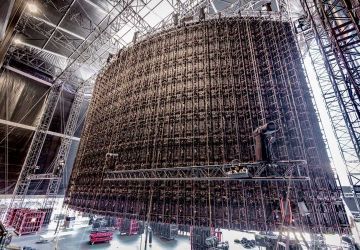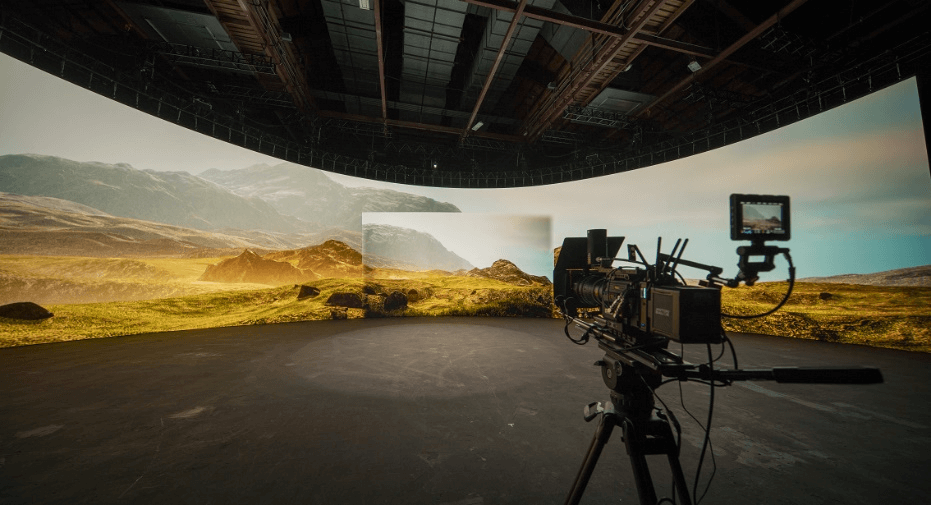How to Calculate the Power Consumption of a LED Video Wall Display

Power consumption is an essential factor to consider, as it affects not only operational costs but also environmental impact. In this guide, we’ll walk you through the steps to calculate the power consumption of your modular LED video wall display, helping you to better understand energy usage and plan for efficient operation.
1. Understand the Power Specifications of the LED Panels
The first step is to know the power consumption of each individual LED panel in the video wall. This information can typically be found in the user manual, technical specifications sheet, or product listing. The power consumption is often listed as either:
- Rated Power (W): This is the typical power used by the panel during regular operation.
- Max Power (W): This is the maximum power the panel may consume under full brightness and maximum load.
2. Determine the Number of LED Panels
Since a modular LED video wall is made up of multiple individual panels, the total power consumption depends on the number of panels in use. Start by counting how many LED panels are part of your setup. This could be arranged in a grid-like configuration, for example, 3 panels wide by 4 panels high, giving you 12 panels in total.
3. Calculate the Power Consumption Per Panel
Once you have the rated or maximum power consumption for each panel, multiply that figure by the total number of panels in your video wall. For instance:
- Rated Power per Panel: 150W
- Number of Panels: 12
Total Rated Power Consumption = 150W × 12 = 1800W or 1.8 kW
This gives you the total power consumption of your video wall under typical usage conditions.
4. Factor in Brightness Levels and Usage Patterns
LED video walls often allow you to adjust the brightness levels, which in turn affects power consumption. A video wall running at full brightness will consume more power compared to one running at lower brightness. If you plan to dim the brightness or use energy-saving modes, this will reduce power consumption. However, if your video wall is running at full brightness for long periods, you should use the max power rating for a more accurate estimate.
For example:
- If your panels consume 150W each at full brightness but are generally used at 75% brightness, the power consumption may drop to around 112.5W per panel.
Therefore, your calculation for total power consumption could be:
Total Power Consumption (at 75% brightness) = 112.5W × 12 panels = 1350W or 1.35 kW
5. Consider Additional Power Draws
Besides the LED panels themselves, other components may contribute to the total power consumption of the video wall setup, such as:
- Media Servers or Controllers: These devices control the input and processing of video signals to the wall. Check their power consumption specs and add this to your total.
- Cooling Systems: If your video wall setup includes active cooling mechanisms (such as fans), make sure to account for their energy usage as well.
- Other Accessories: Any additional equipment like mounts, cables, or external processors may also require power.
6. Estimate Daily/Annual Power Consumption
Now that you know the total power consumption of your video wall, you can estimate its usage over time. To estimate the energy consumption for a given period (e.g., daily or annually), simply multiply the total power consumption by the duration of use.
- Daily Energy Consumption: If your video wall runs for 10 hours a day at 1.8 kW:
- 1.8 kW × 10 hours = 18 kWh/day
- Annual Energy Consumption: If the video wall operates 365 days a year at 1.8 kW:
- 1.8 kW × 24 hours × 365 days = 15,768 kWh/year
This will give you an estimate of your energy consumption and help you understand your operating costs.
7. Calculate Operational Costs
To determine how much it costs to run your LED video wall, multiply the energy consumption by your local electricity rate. For example, if the cost of electricity is $0.10 per kWh, the daily operating cost would be:
18 kWh/day × $0.10 = $1.80/day
For an annual cost, it would be:
15,768 kWh/year × $0.10 = $1,576.80/year
8. Consider Energy Efficiency
Lastly, keep in mind that energy-efficient models may consume less power for the same output. When selecting panels for your video wall, look for LED panels with higher energy efficiency ratings to reduce long-term operating costs. Some manufacturers offer energy-saving features, such as automatic brightness adjustment based on ambient light levels, which can also help reduce power consumption.
Conclusion
Calculating the power consumption of a modular LED video wall display involves understanding the individual power ratings of the panels, factoring in the number of panels, brightness settings, and additional equipment. By estimating daily and annual consumption, you can better assess operational costs and optimize your system for both energy efficiency and performance.
With this knowledge, you can make informed decisions when selecting, installing, and operating your LED video wall, ensuring both a stunning display and responsible energy use.









